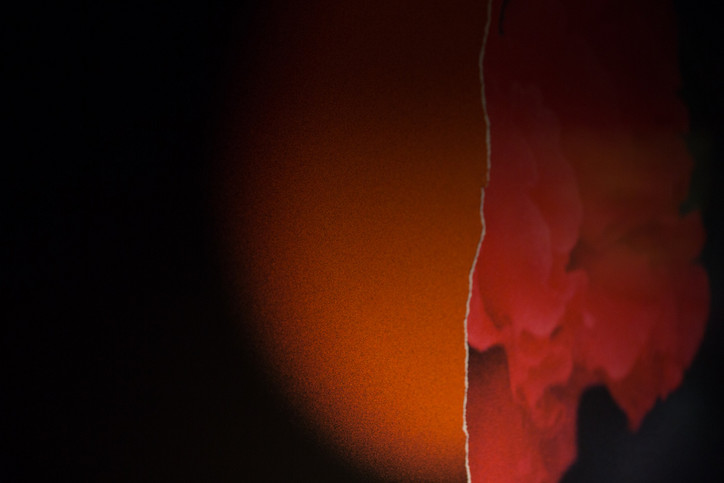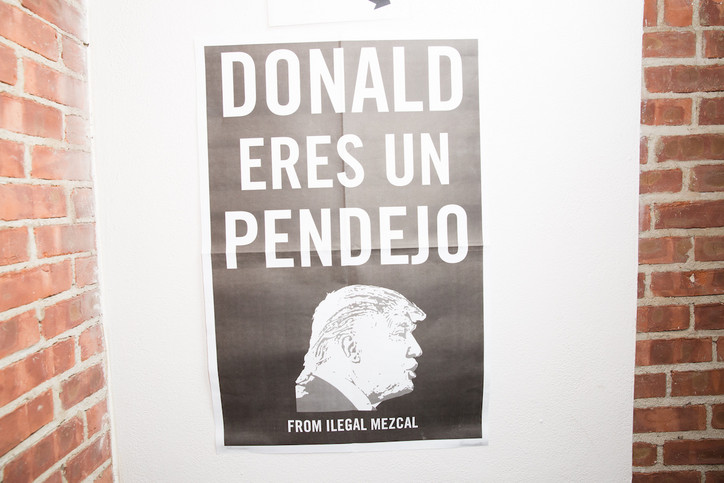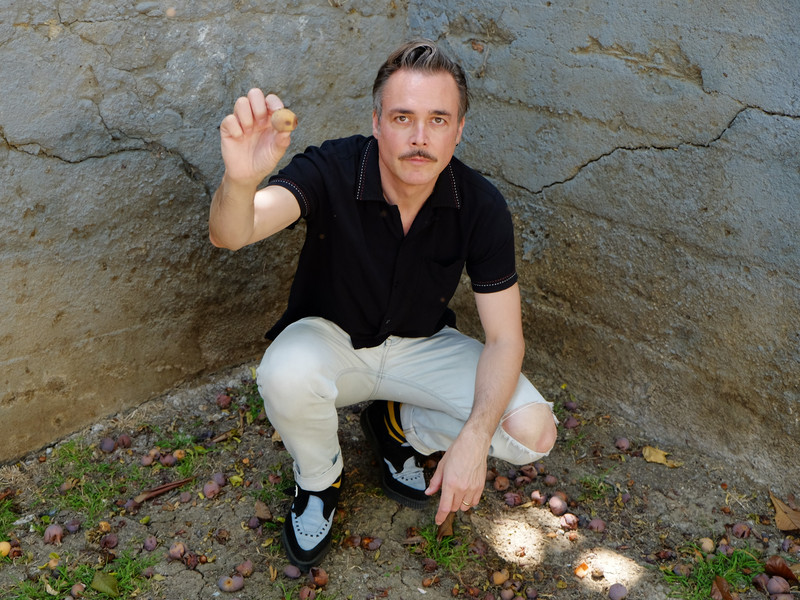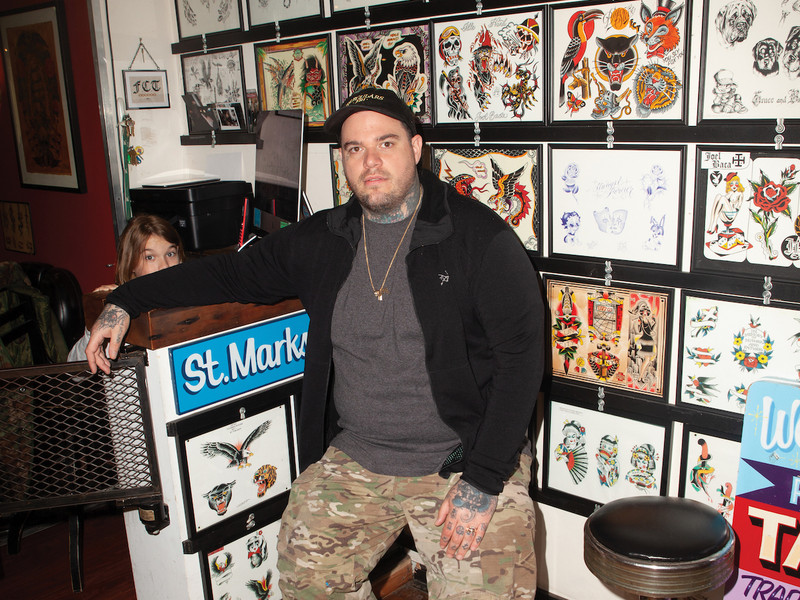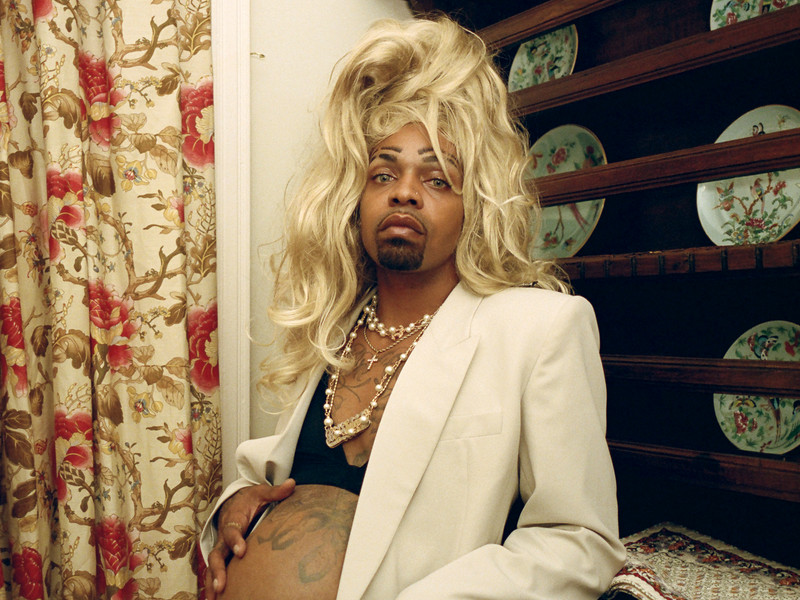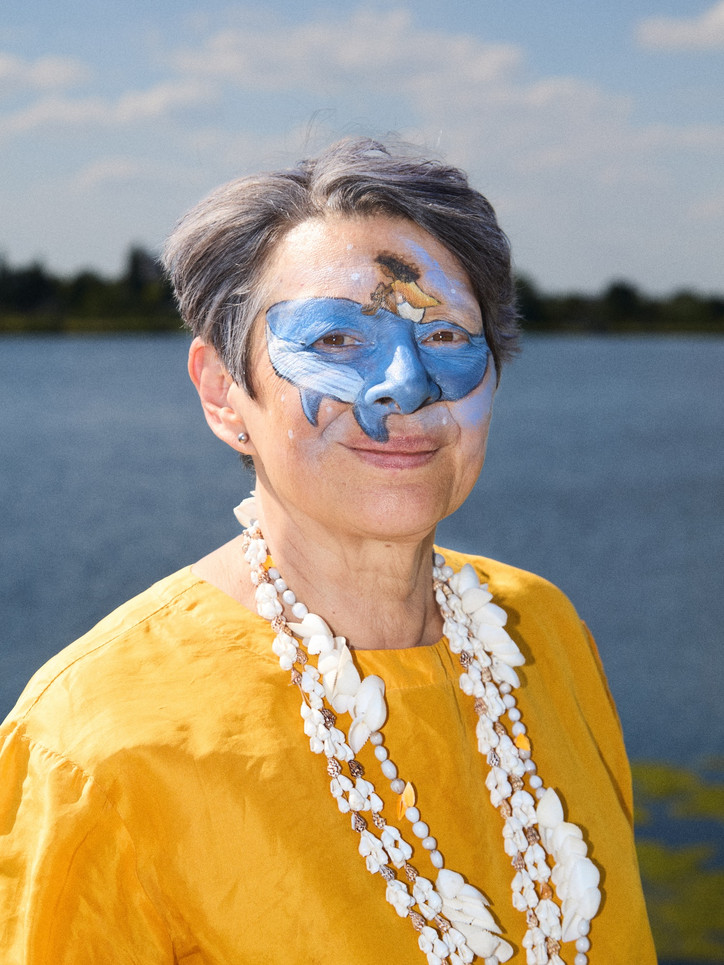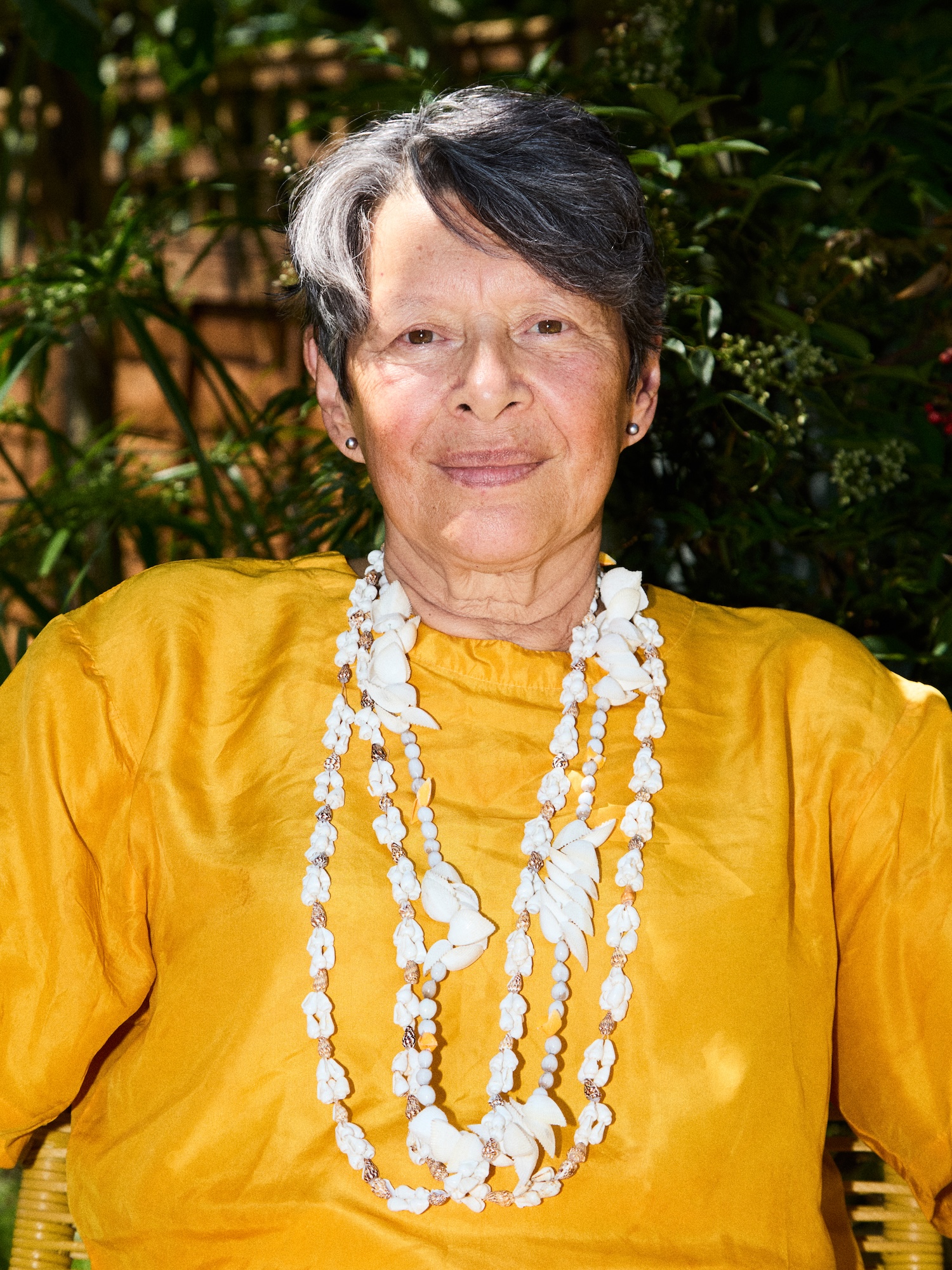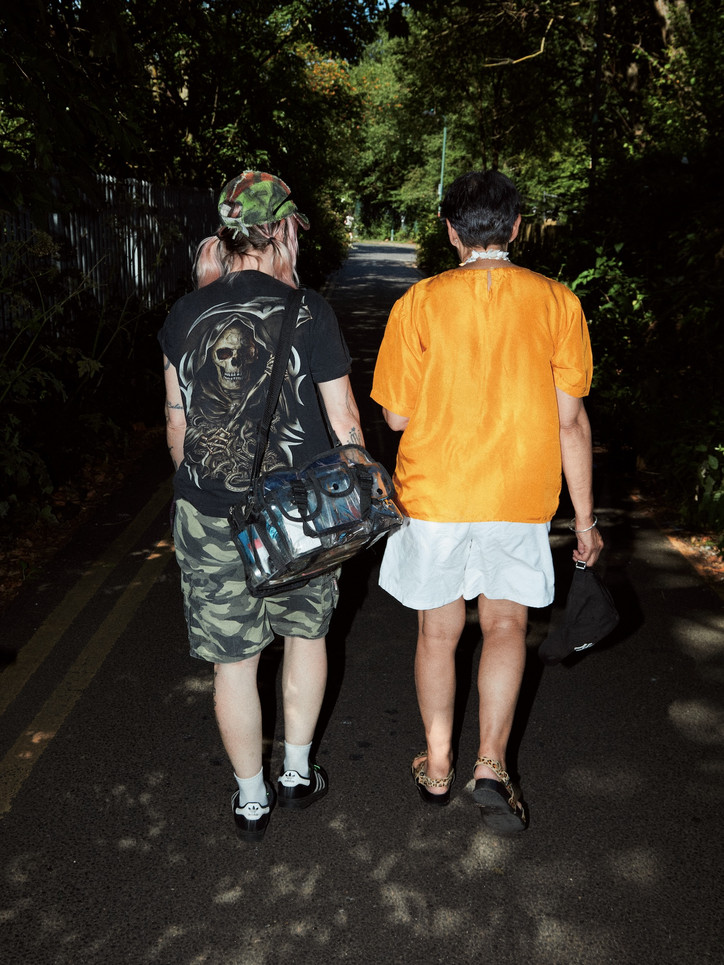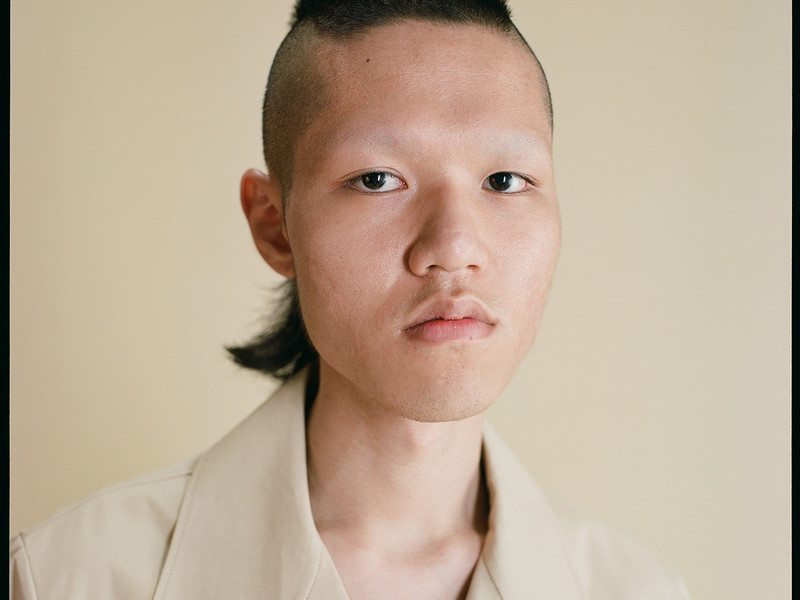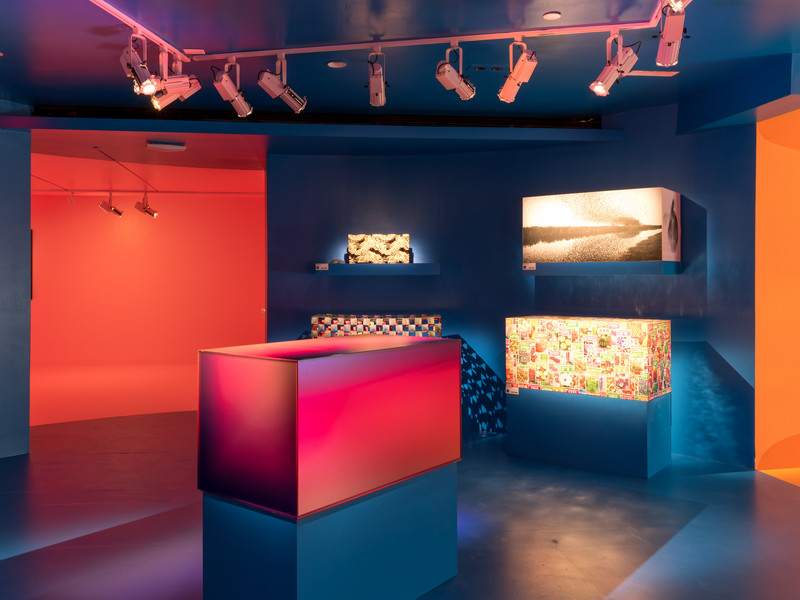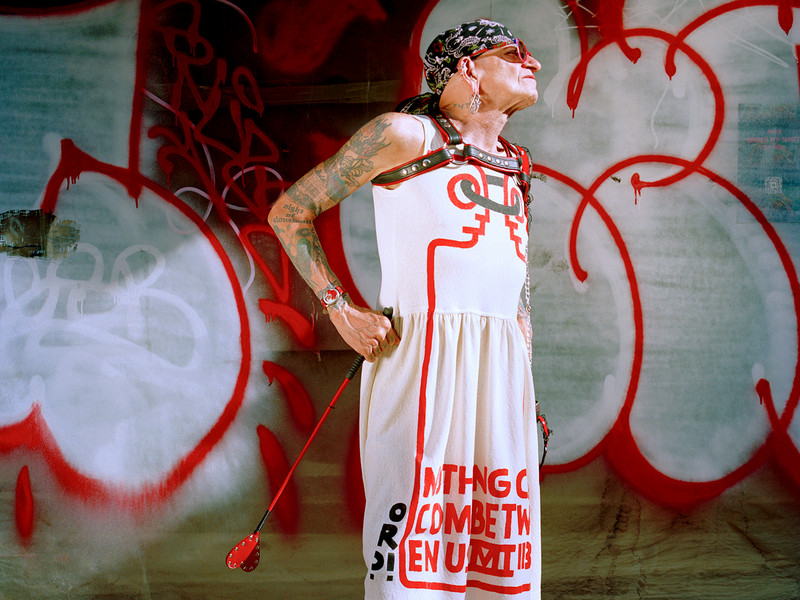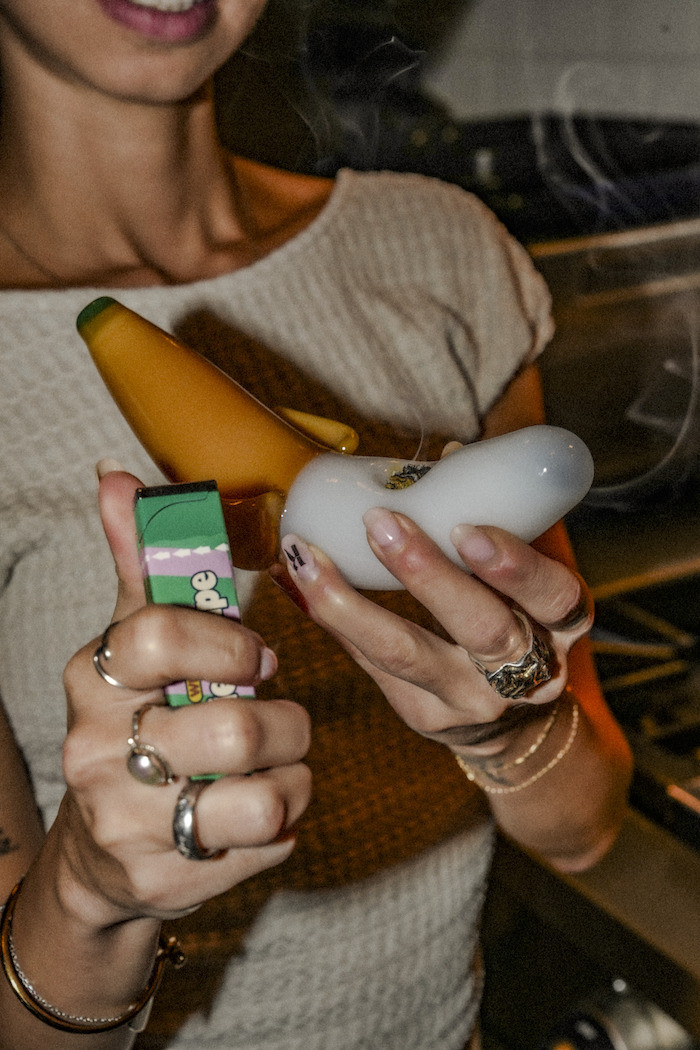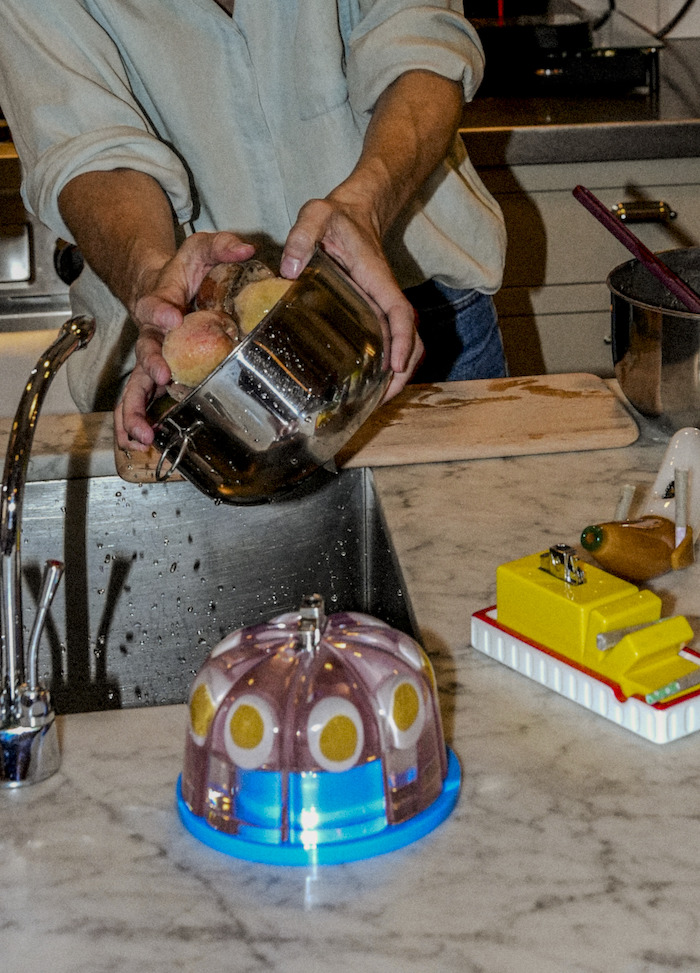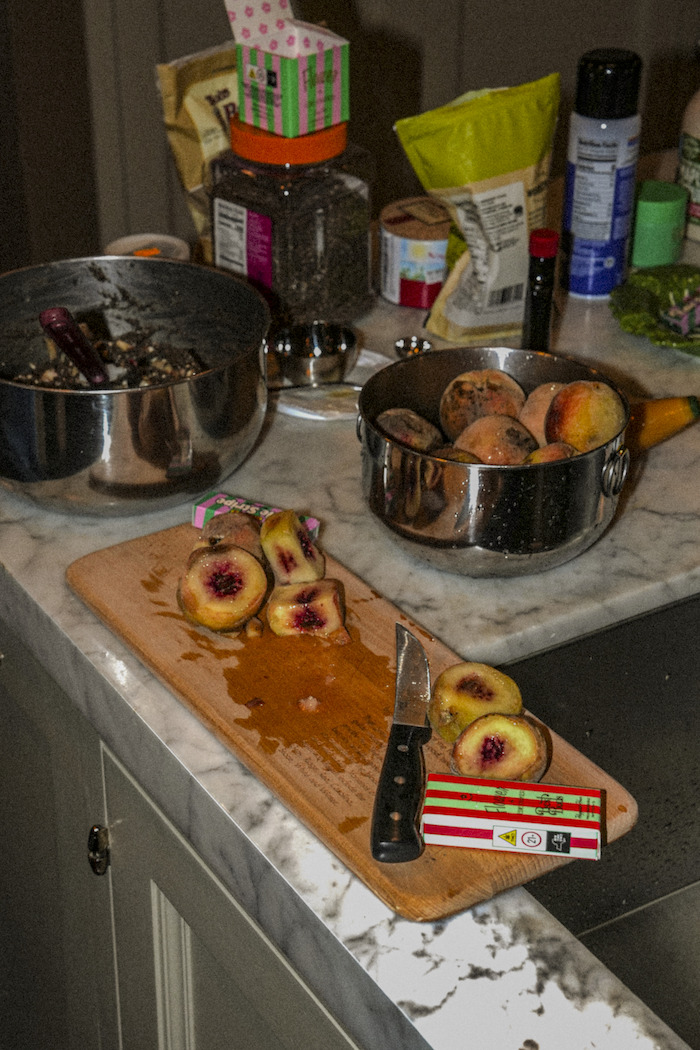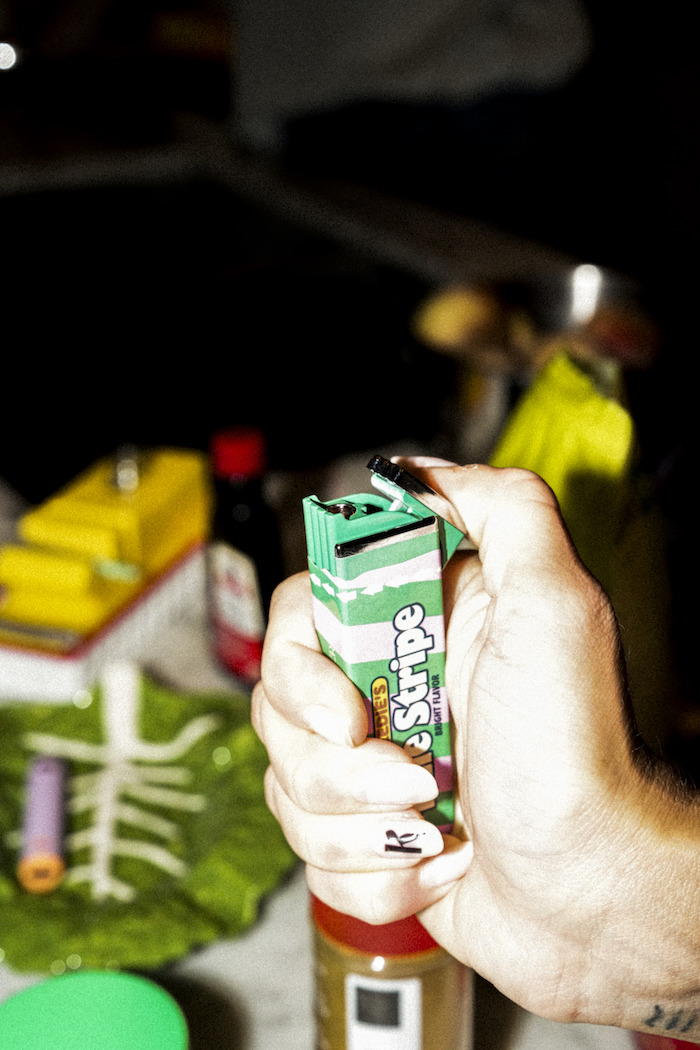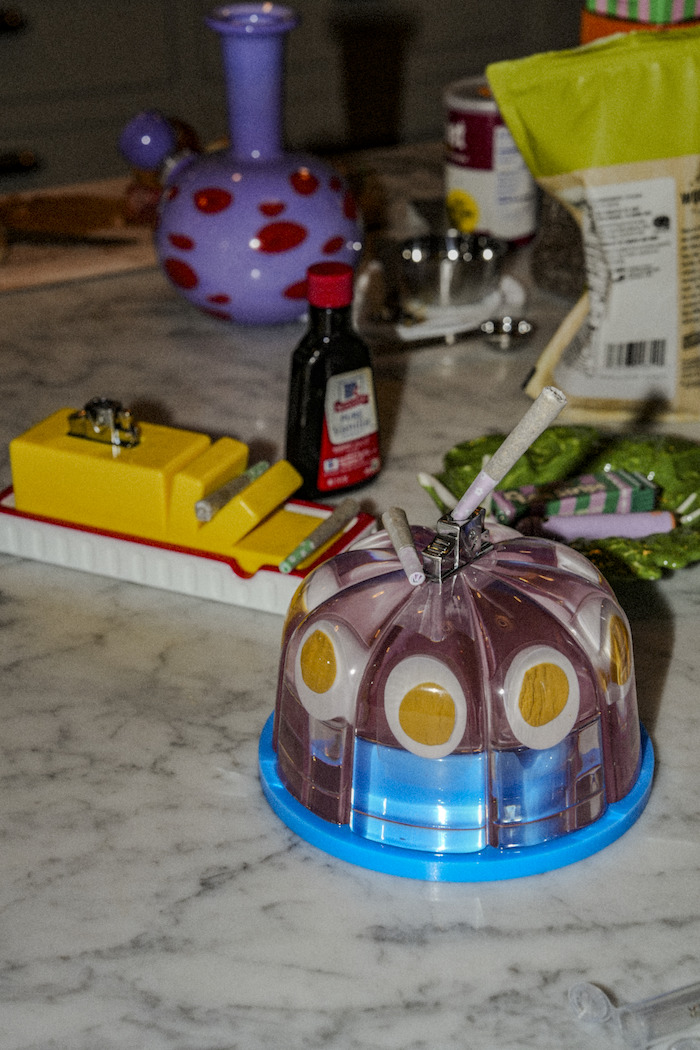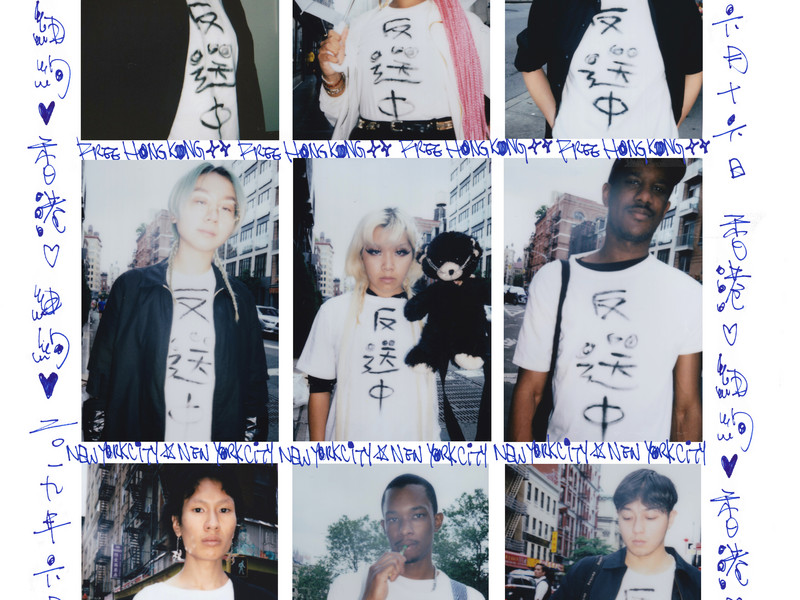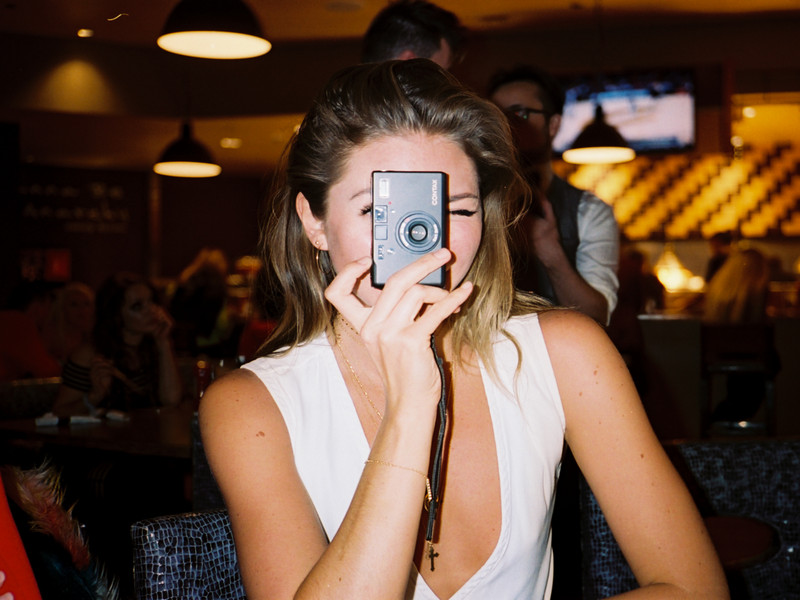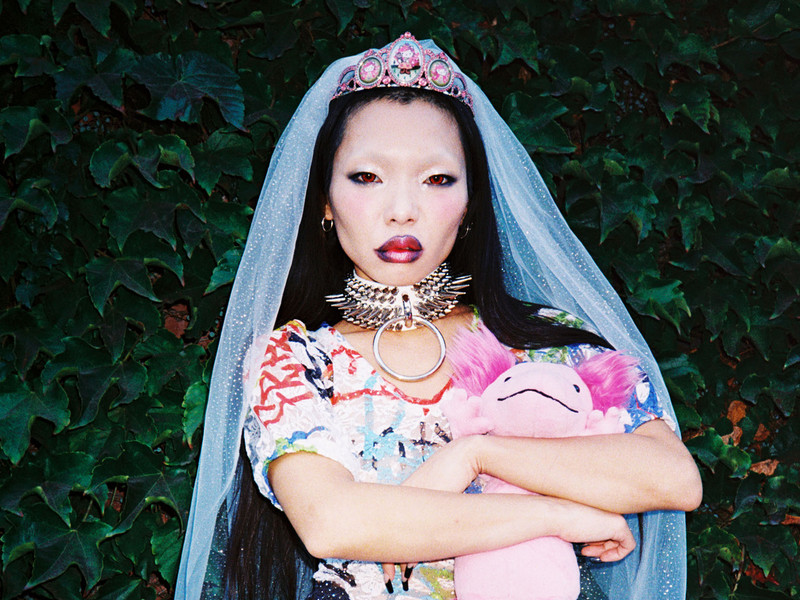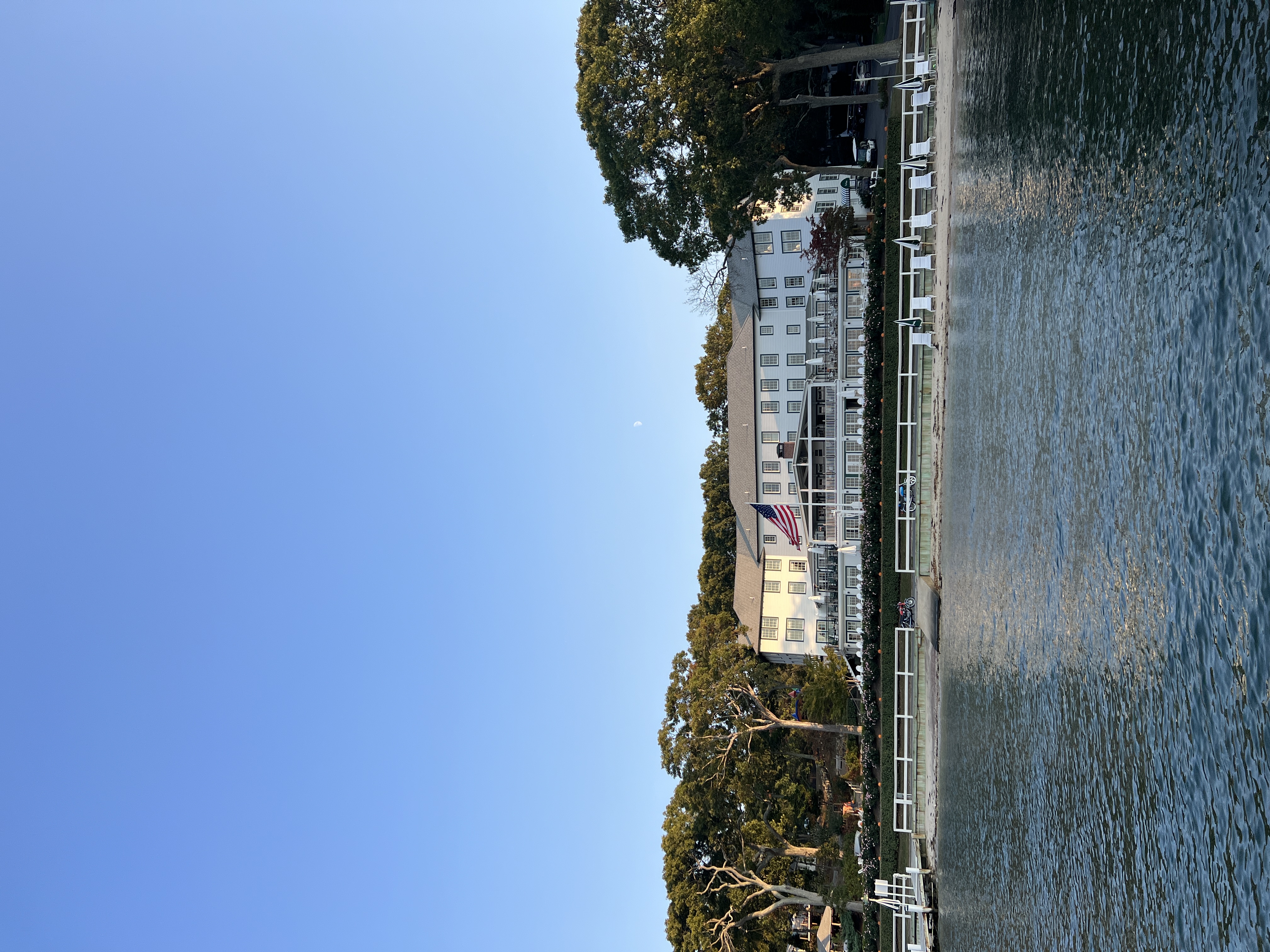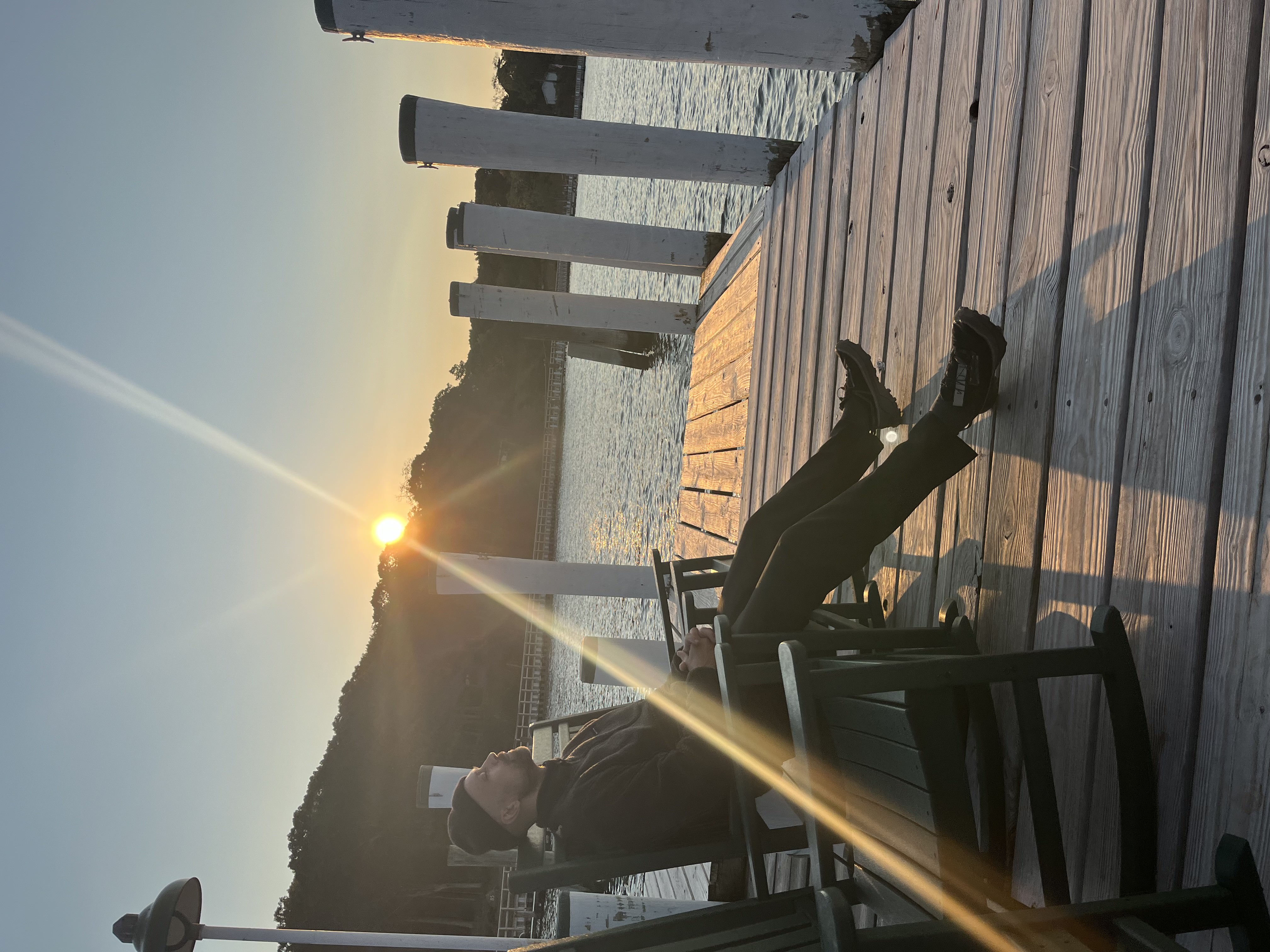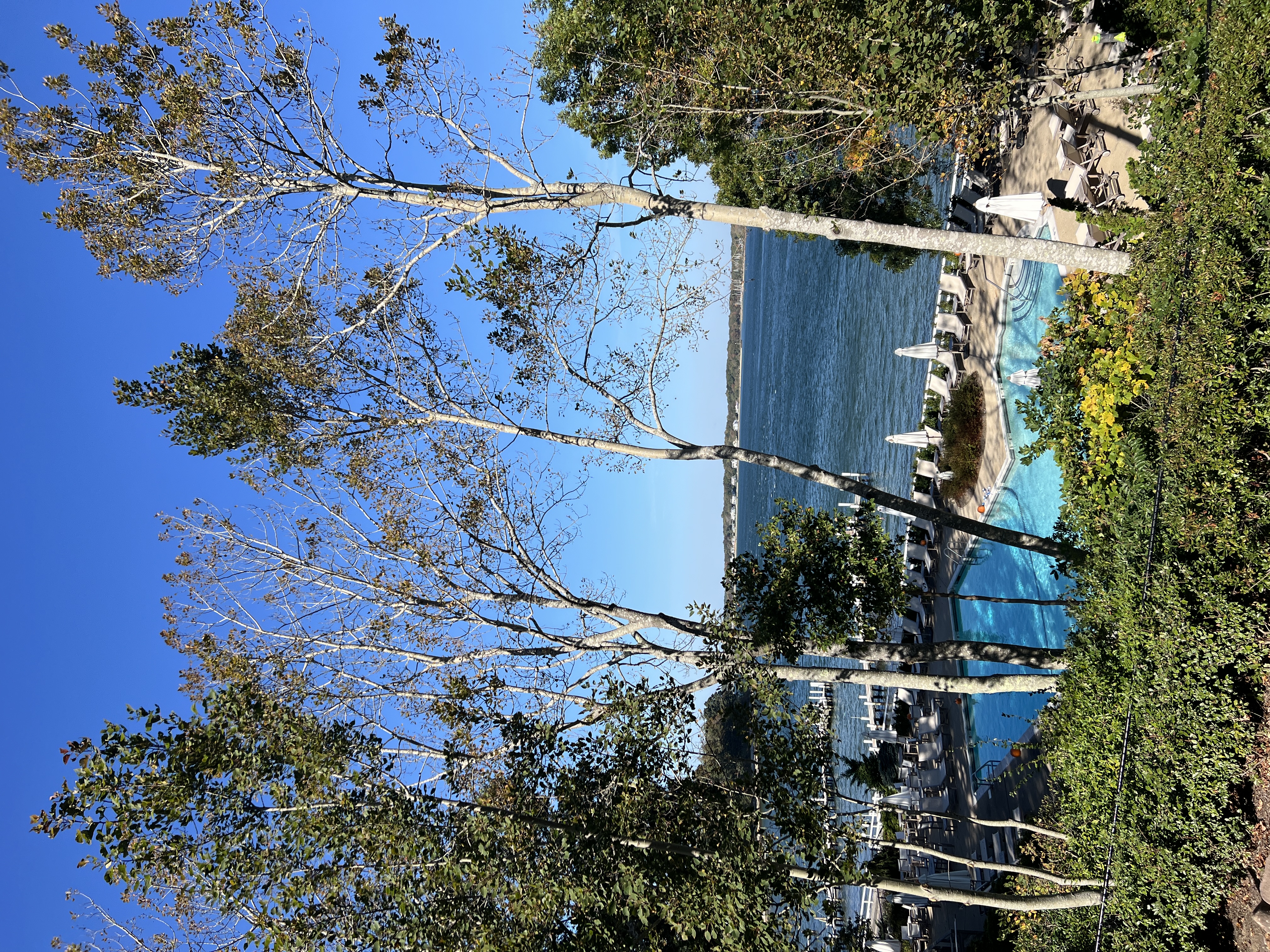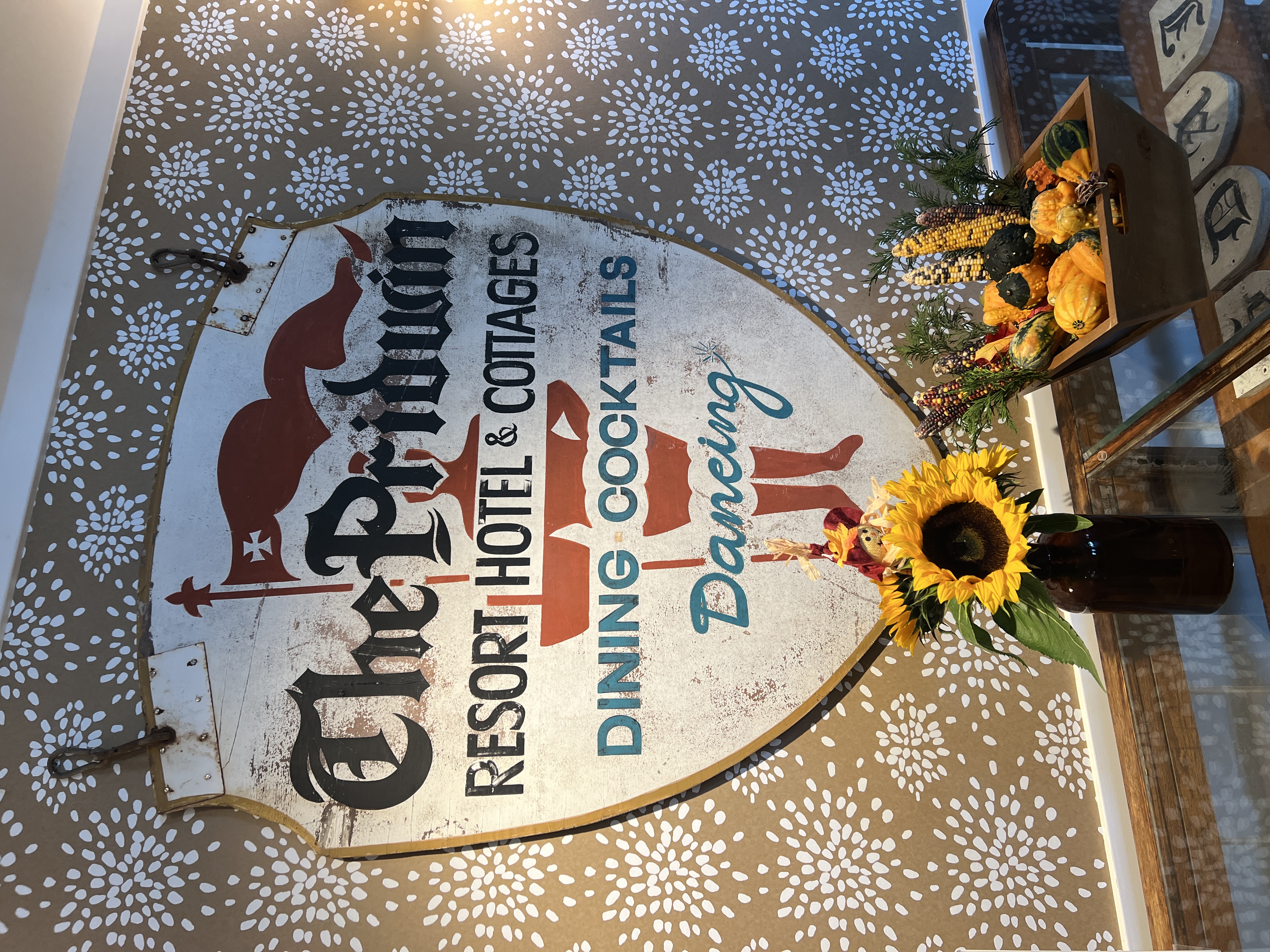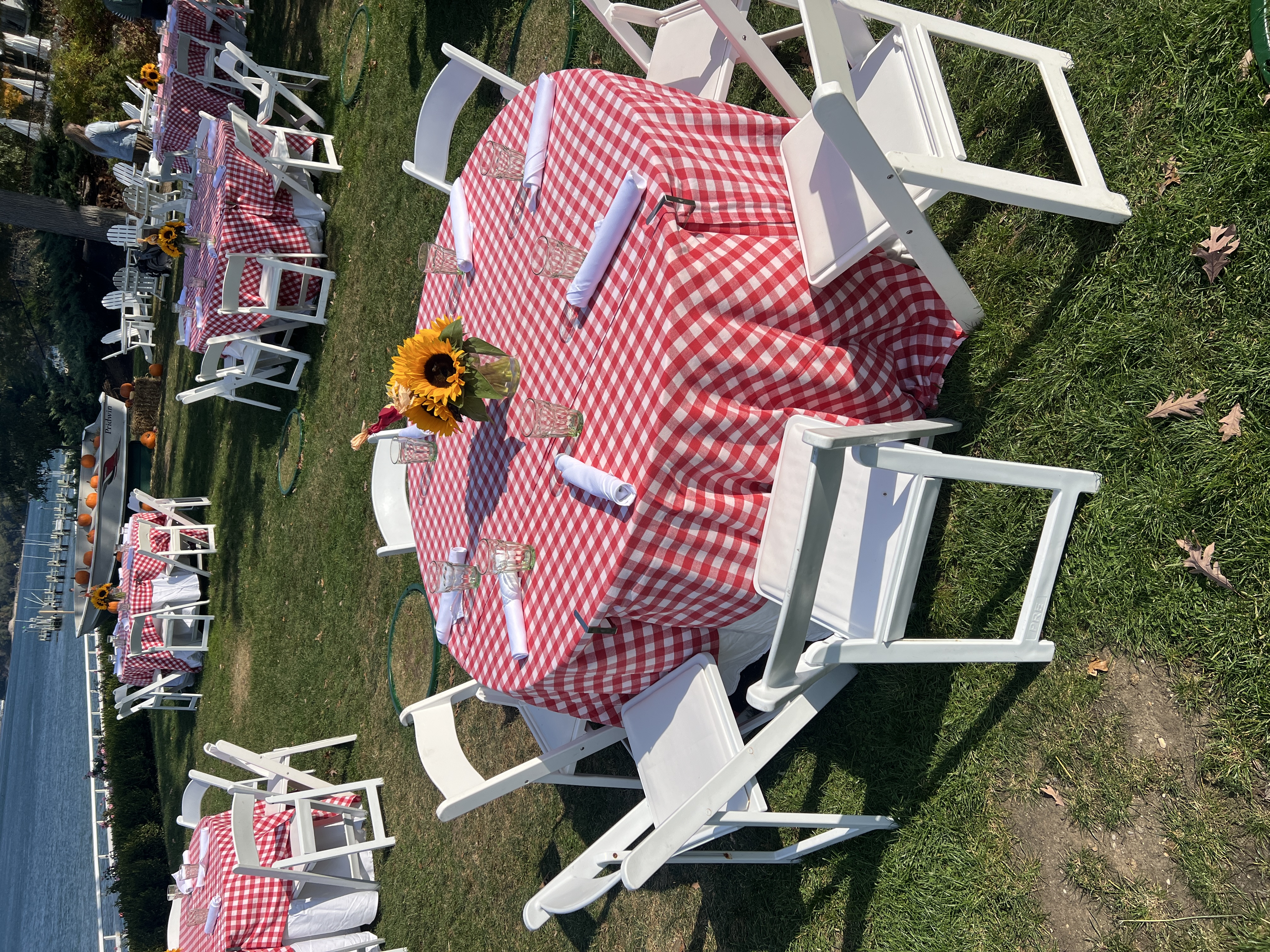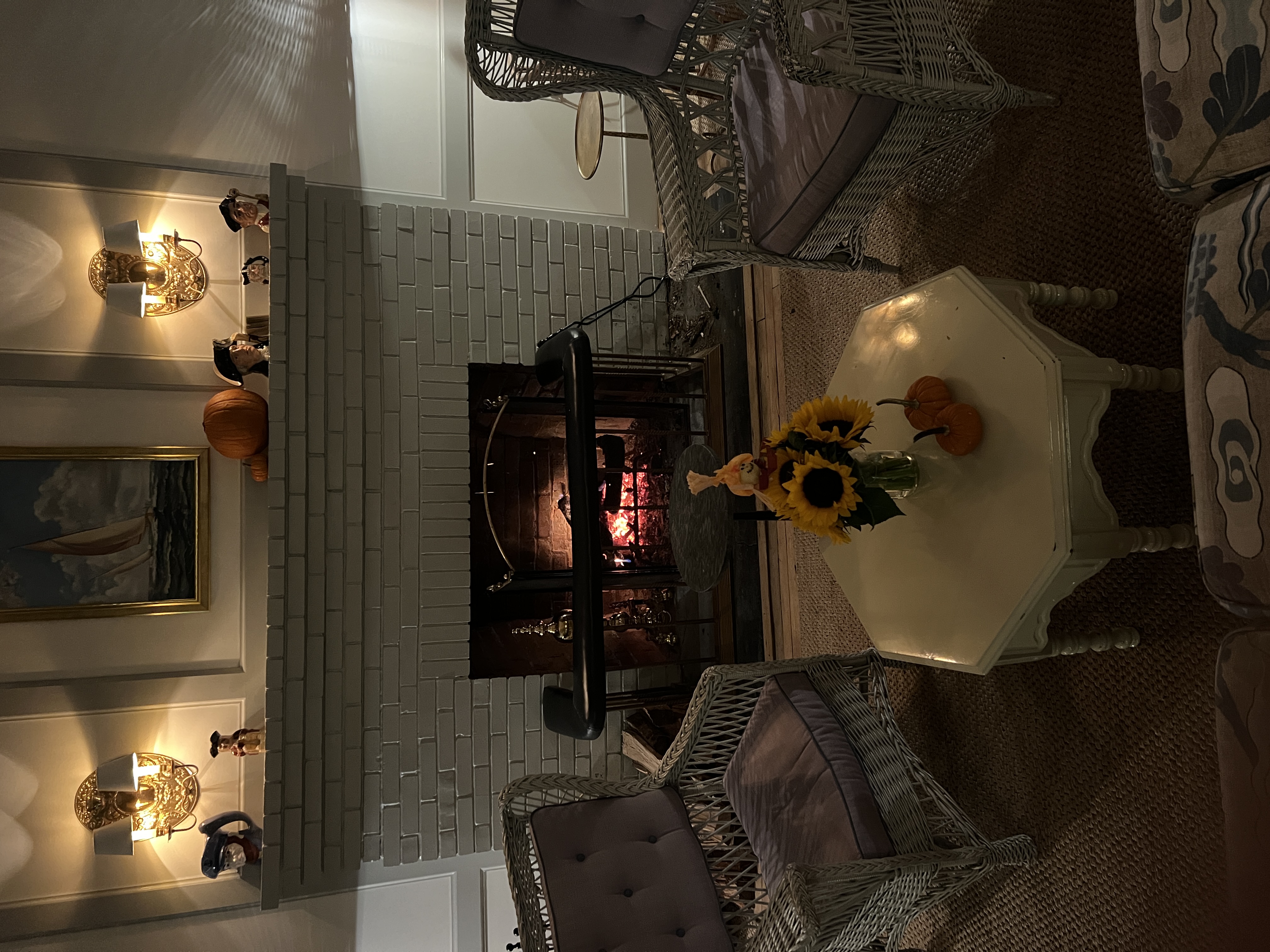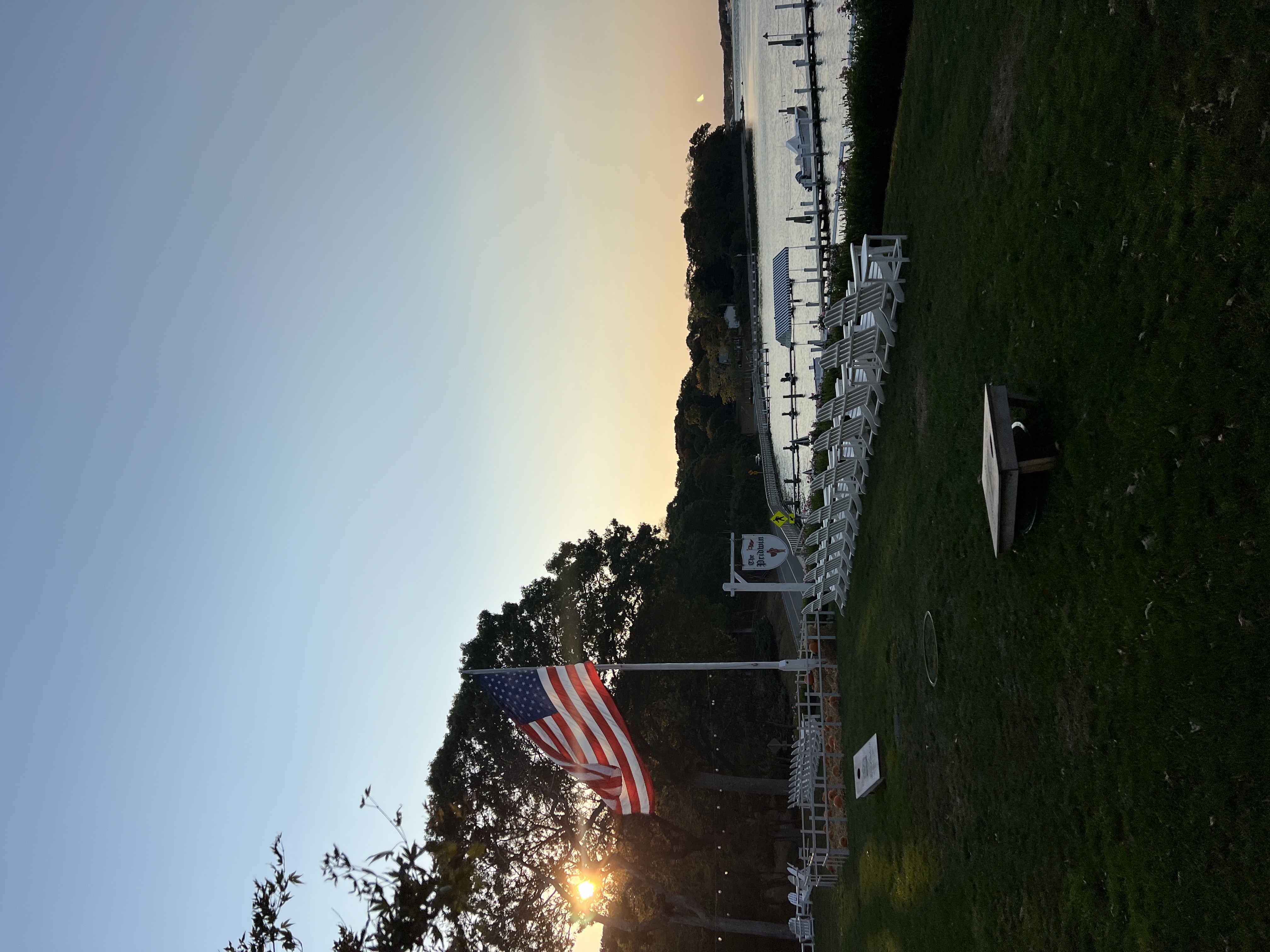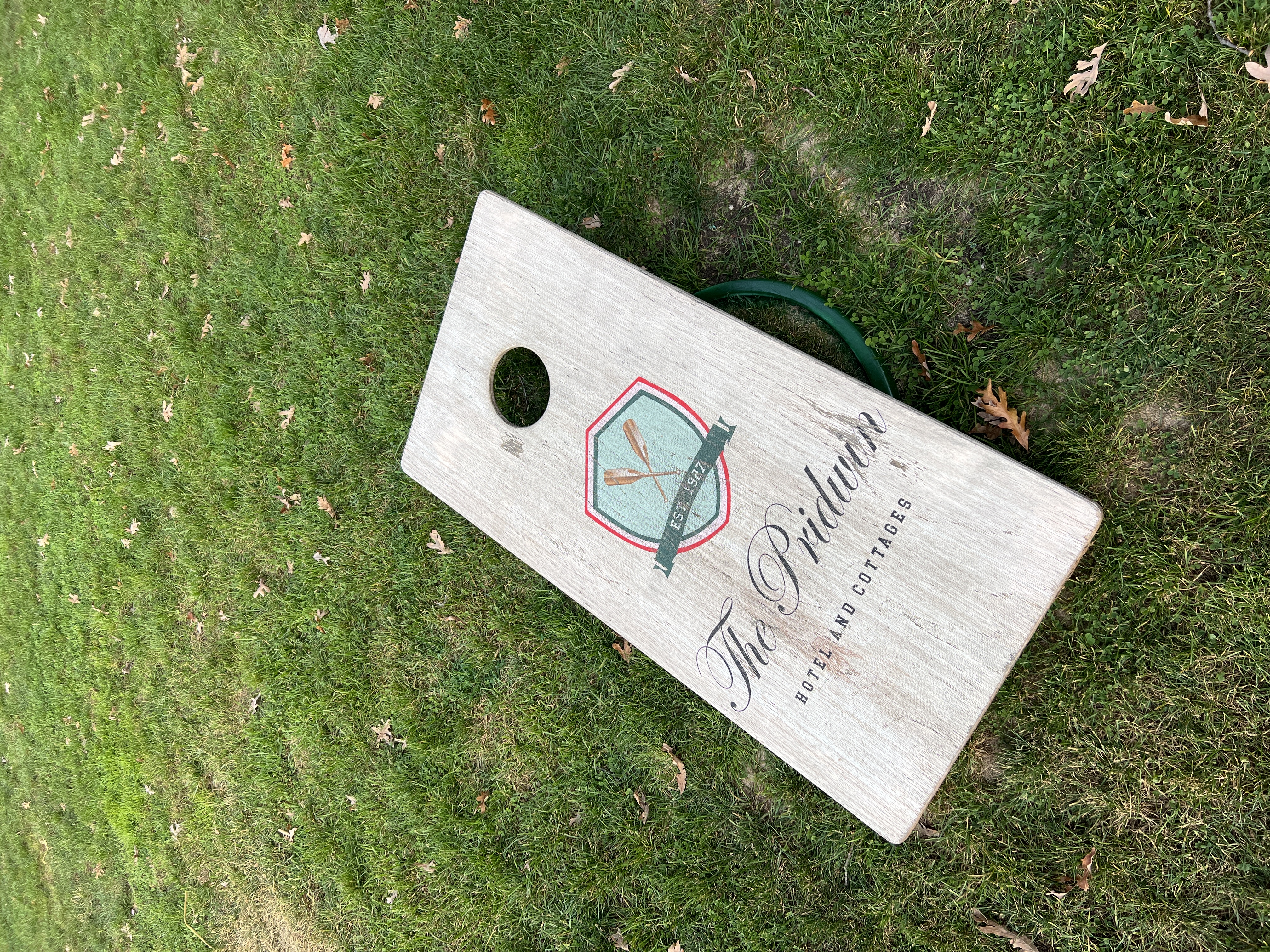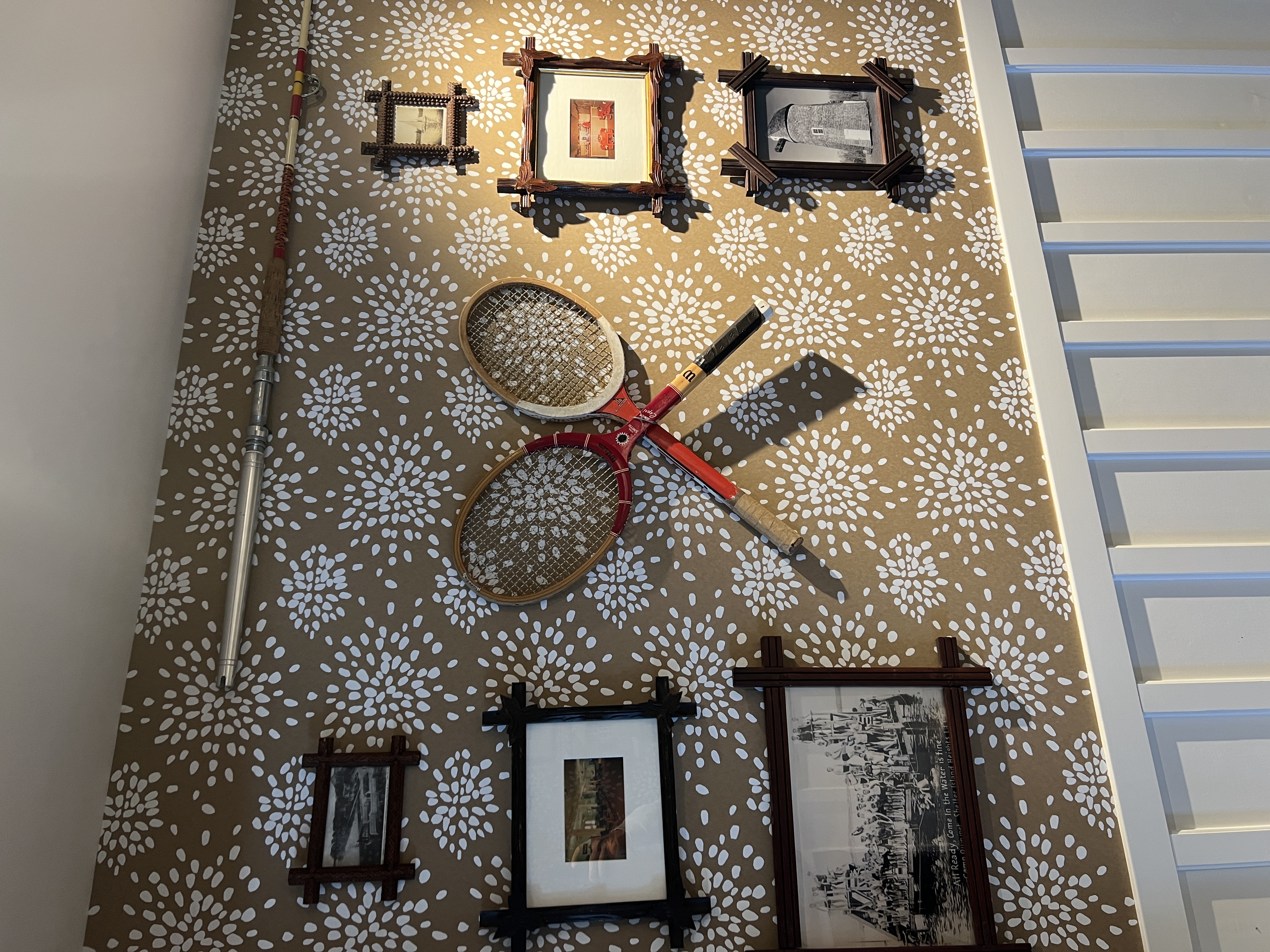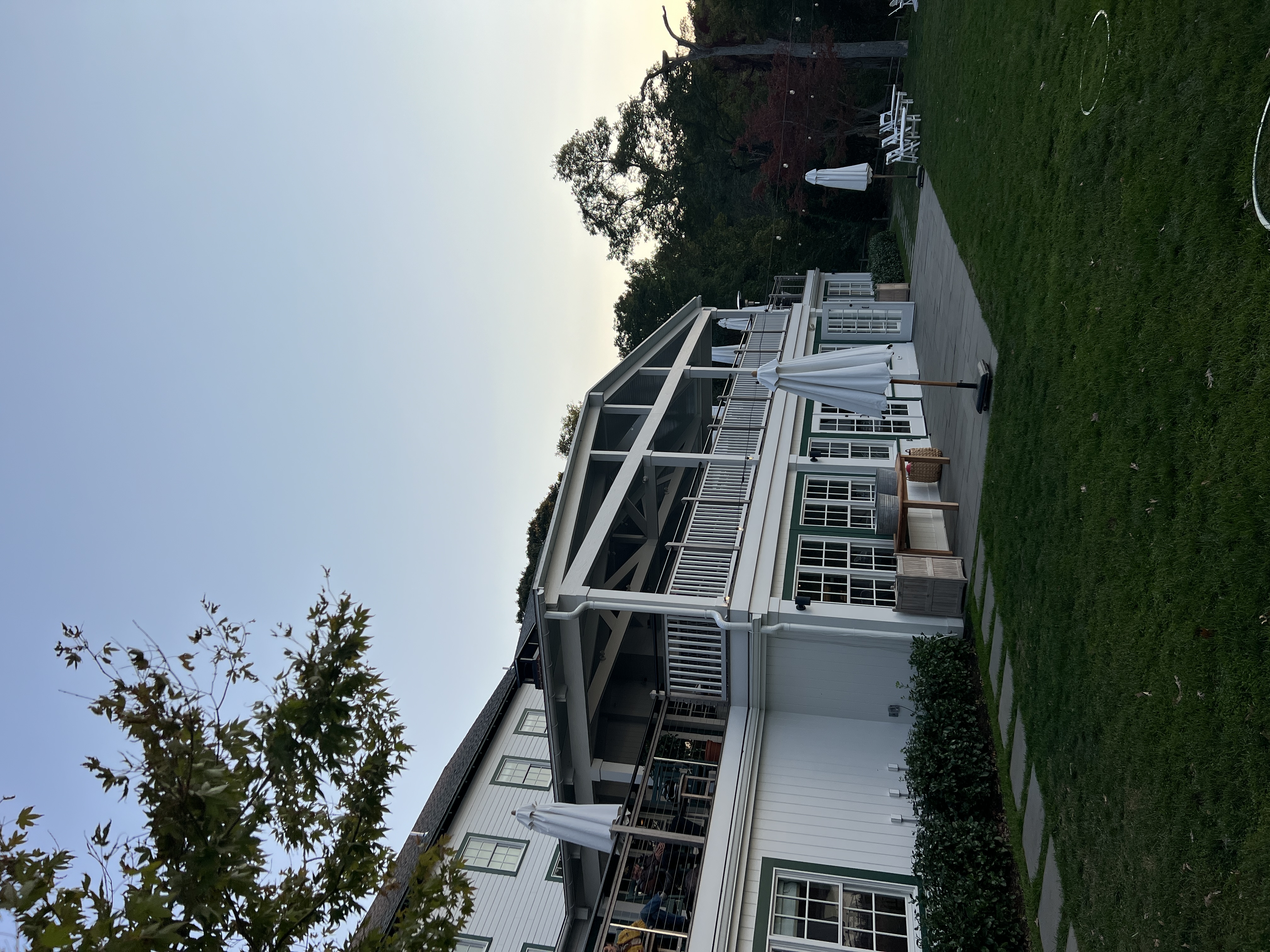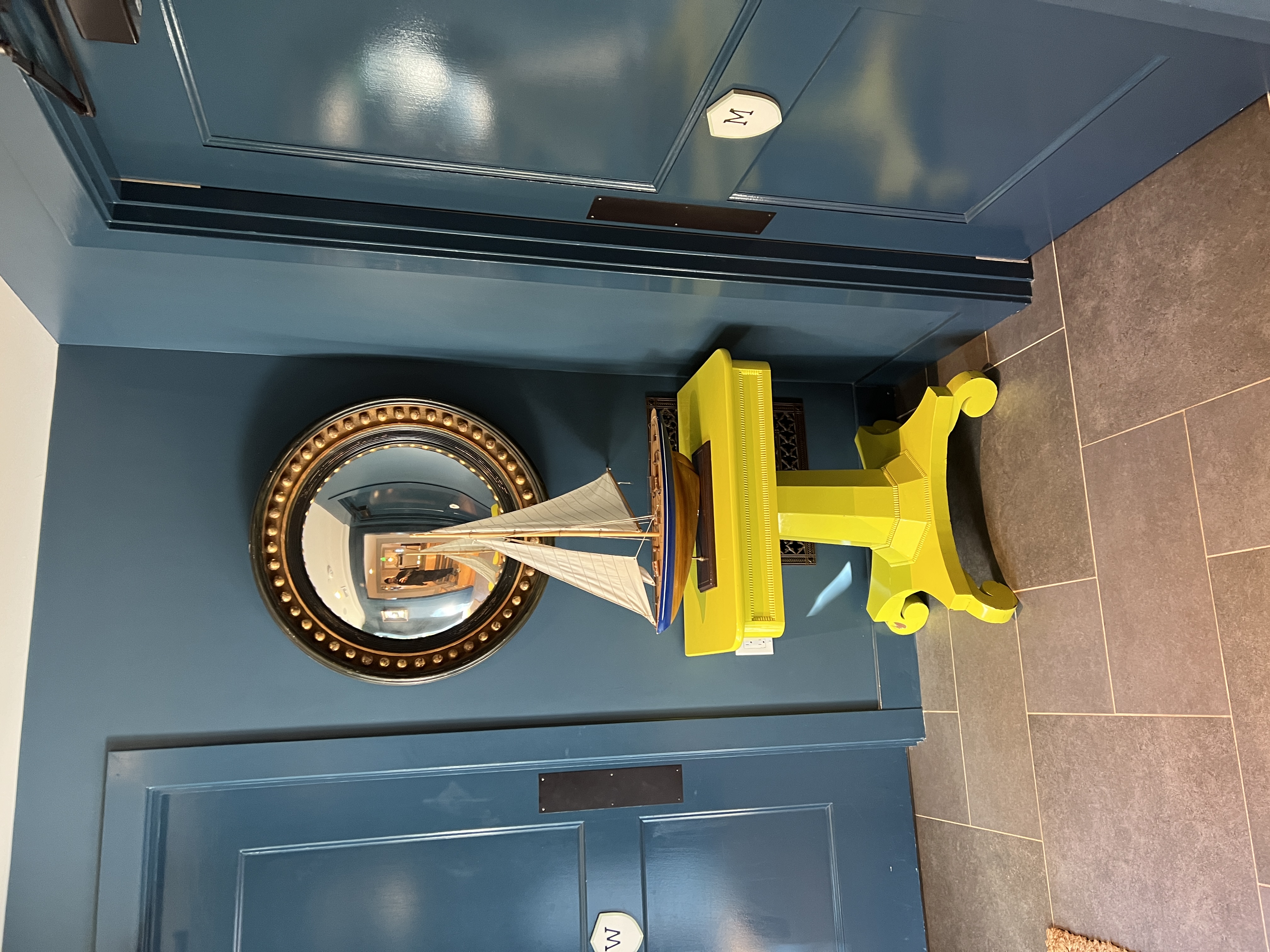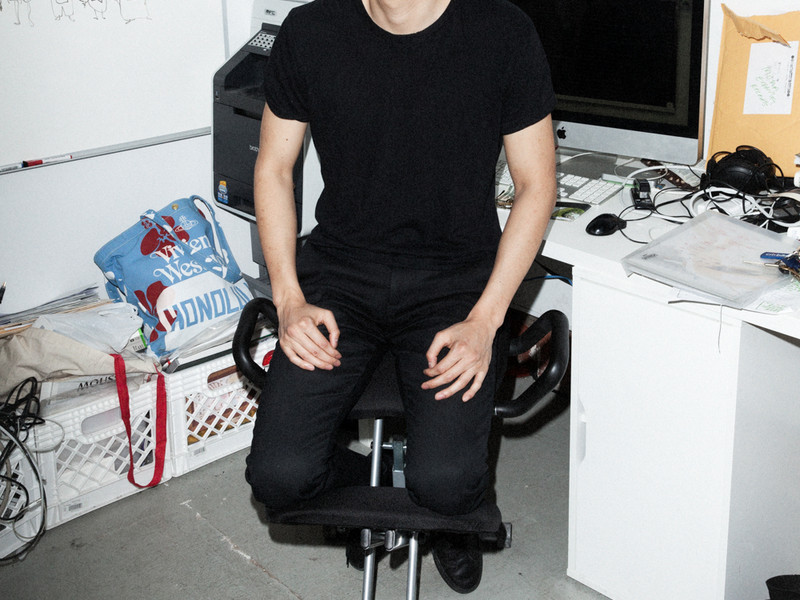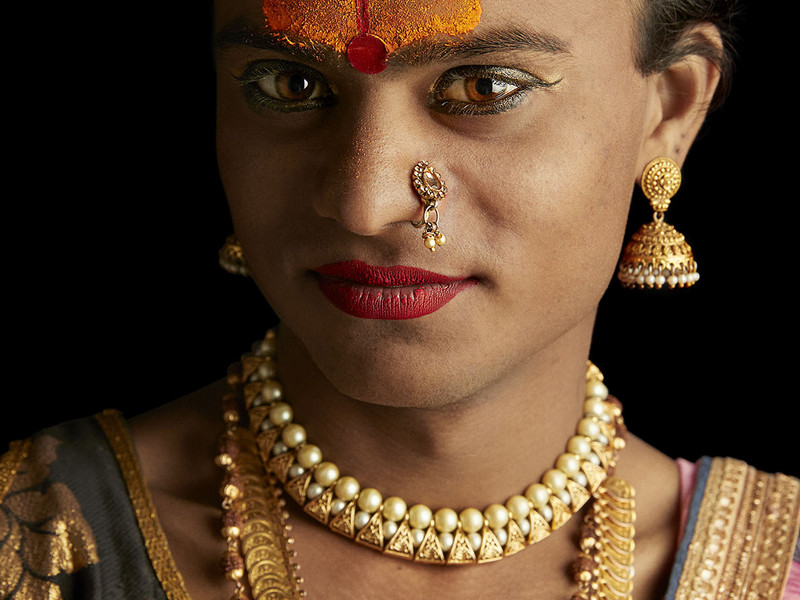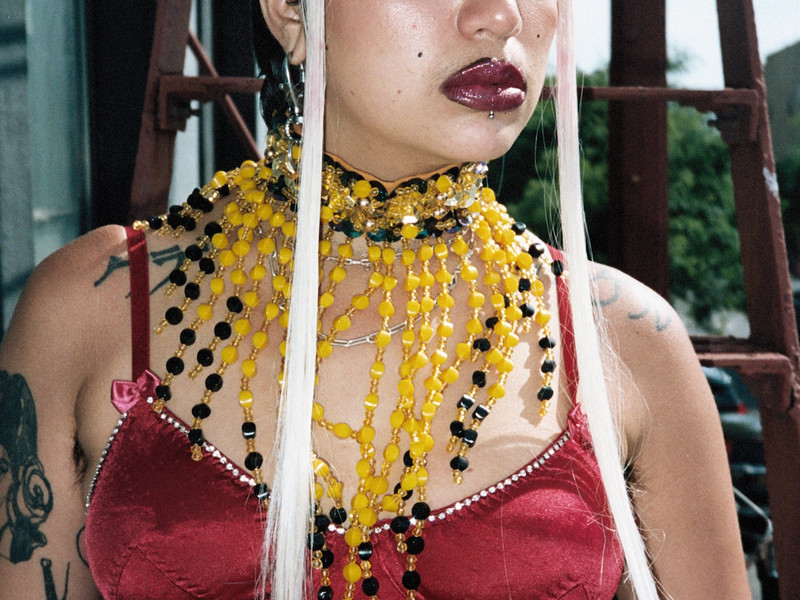Explore the Expansion of Space
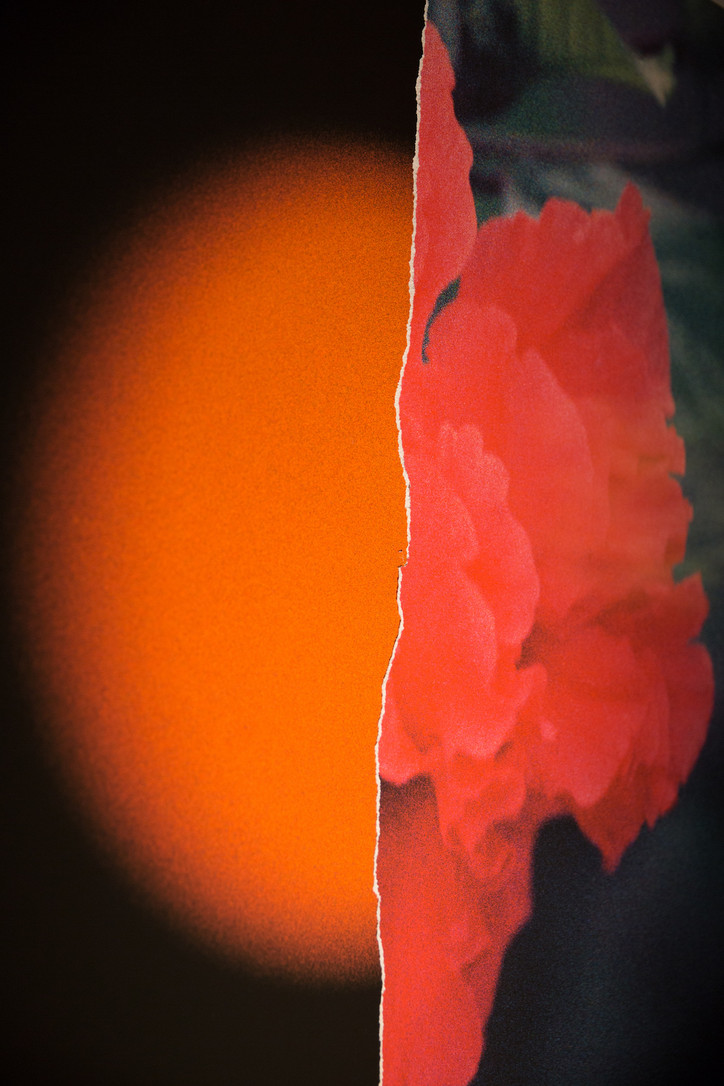
How did you come up with the concept of visual meditation?
I was convinced there was room for minimalist art in the virtual space, and embraced the opportunity to begin working in a new medium. In my early experiments I aimed to create - a sense of peace and quiet from all the noise I felt I could we can barely escape on our phones, in our eyes, in our thoughts. It is hard to find digital content that genuinely attempts to connect with the human spirit and a deeper, more abstract sense of beauty. I decided to give it a shot. It was the first time I had to come up with a theory before I made the work - most of what I do falls under the umbrella of documentary photography, which means I have to see the moment right before it happens as opposed to making work with a physiological and/or psychological impact. I spent a lot of time thinking about brain games and perception - how the brain reacts to color, light, texture and then, crucially, sound. In order to make sense of the work, I create very, very basic stories in which the various images take on a character. For my first VR visual meditation “Light Has Memory”, the story was about a light particle gaining consciousness from passing through other collections of light. The best way to describe the work is as a visual meditation. The visual meditation in my exhibition is essentially an animated version of my new book, Yucatan.
Does VR help you present your work in a way that feels more suited to it than other forms? How does VR influence your work as you are in the process of making it?
I wouldn’t say that it feels more suited, but it is certainly different to look at a photograph on a wall versus being inside of a photograph, which is what the VR translations allow me to do. I think there is an intimacy in VR that is further than flatscreen. VR is one of the many mediums used for the output of my images.
What does augmented reality/the space in between mean to you, and why is it important?
Augmented reality indicates when a digital artifact is projected into your reality, merging the two. This could be on your phone or in hologram form. Part of the exhibition exists in an interactive virtual gallery space, which will live on, past the physical exhibition. I think it is more fascinating than important, but I do think that virtual spaces will grow as our physical space continues to deteriorate.


How did you find out about the energy vortex in the Yucatan Peninsula?
I’ve been to the Yucatan peninsula several times. It has a particular vibe. There are pretty wild parts of the area, and within them I feel I have the space to think differently. Once I looked up at the stars and I felt I could see millions of them. I had never considered it, but it dawned on me that they are very much alive and communicating with each other. That part of the world was run by the Mayans, and the Mayans are known to have a fetish for energy vortexes. The Yucatan is essentially the land of the Maya, who were obsessed with energy vortexes. They claimed that the cenotes (fresh water holes) in the region led to the heart of the Earth.
Would you consider yourself a minimalist? How does your work relate and diverge from that movement?
I wouldn’t consider myself a minimalist fully, but I do find peace and a certain amount of ego-death in and from minimalism that I cannot get from human subjects and our increasingly fast paced world. The work relates to the movement because it is deliberately simplistic, asking the viewer to take a step back and slow down. From a tech standpoint, I’m trying to do the most I can with as little as possible. How can I make a rollercoaster with two analog photographs of clouds? The biggest divergence is that my minimalist work is in the virtual medium.
